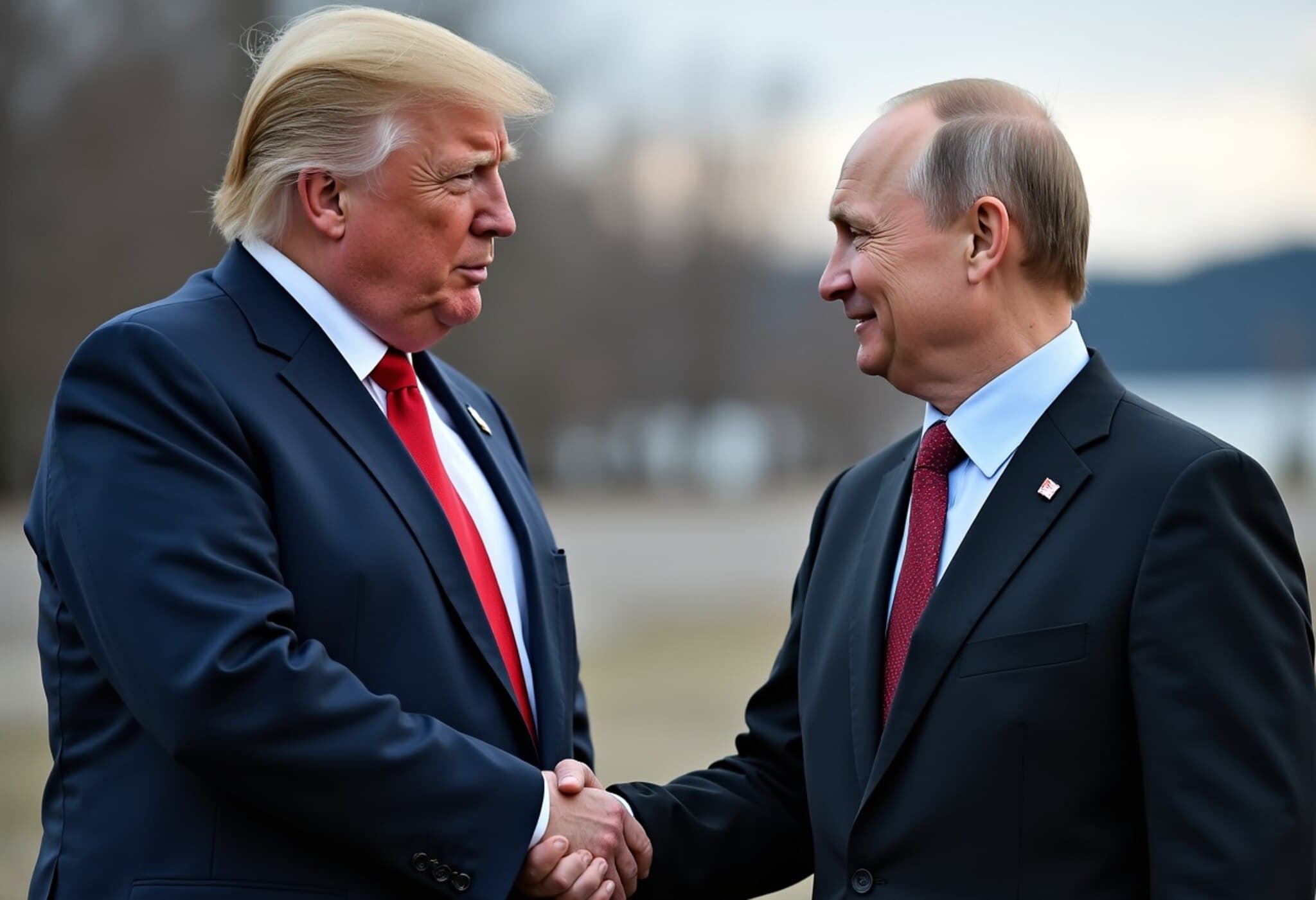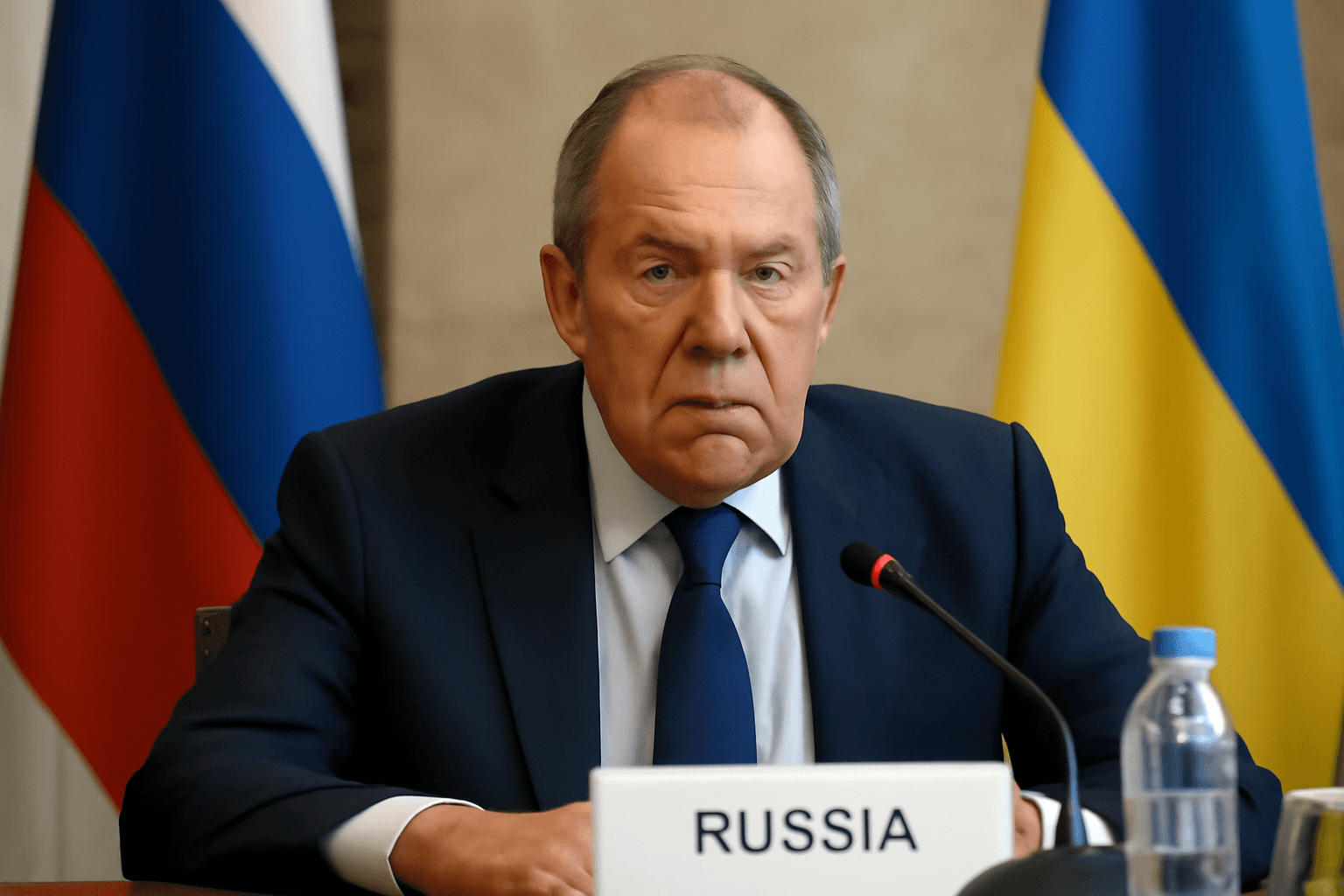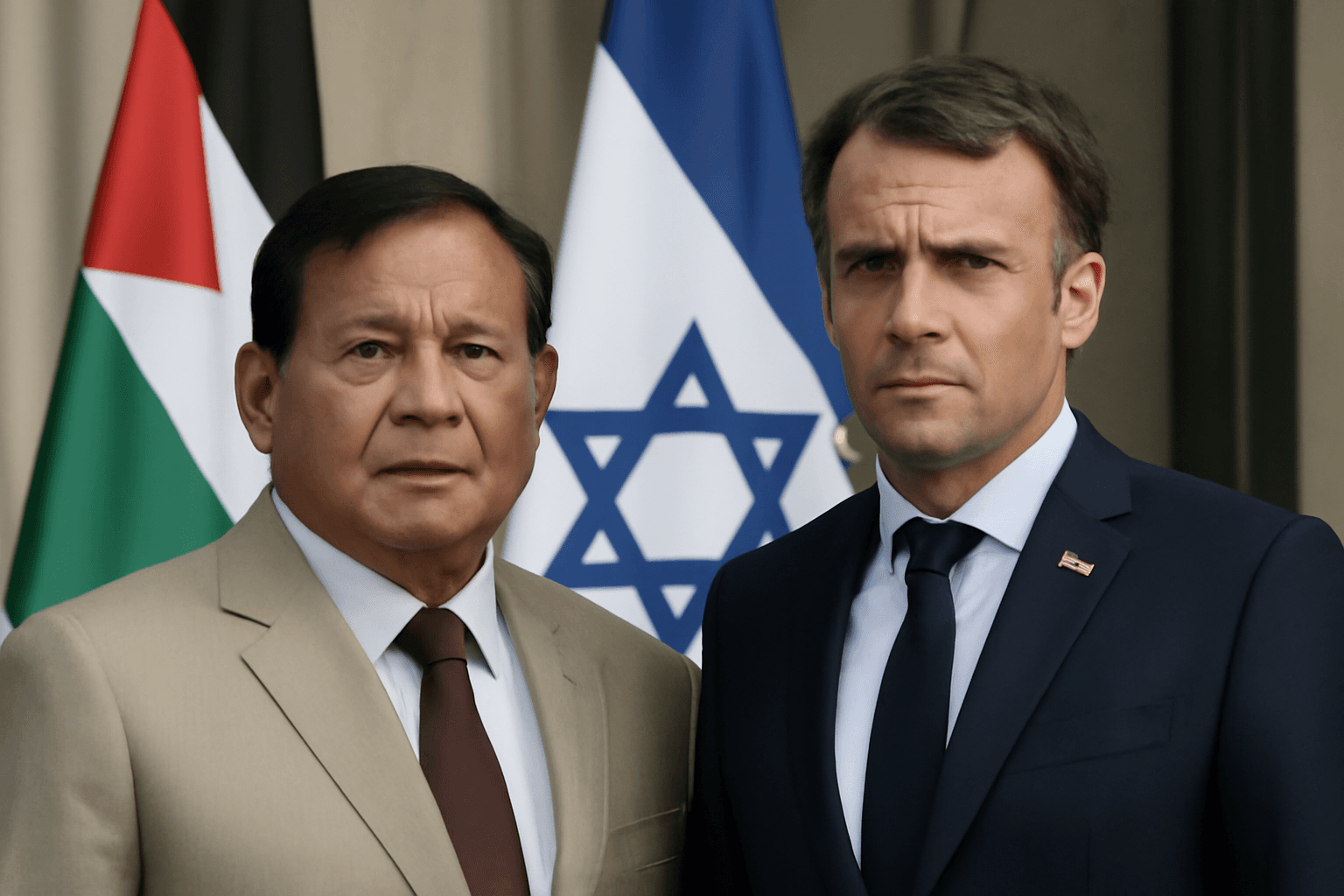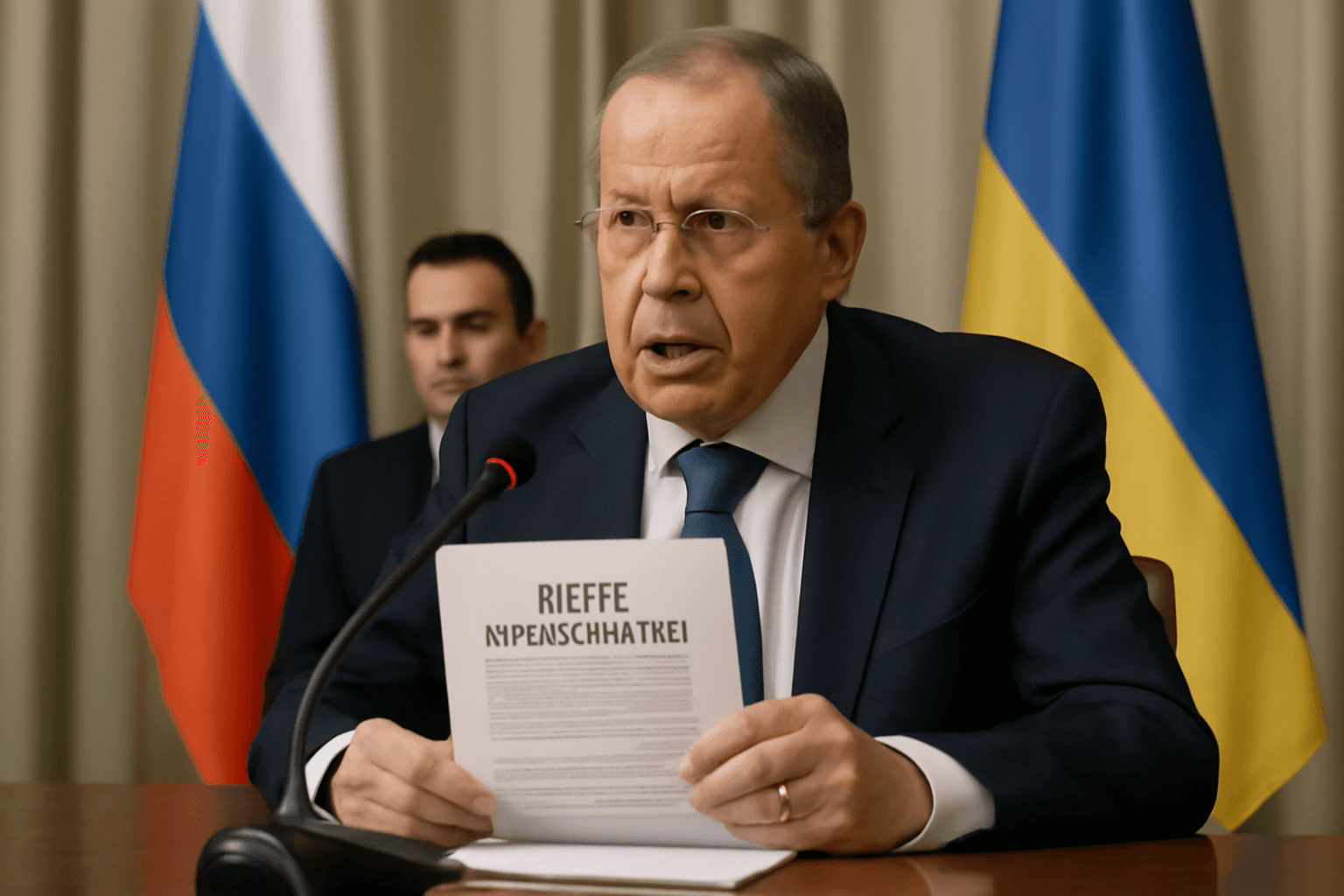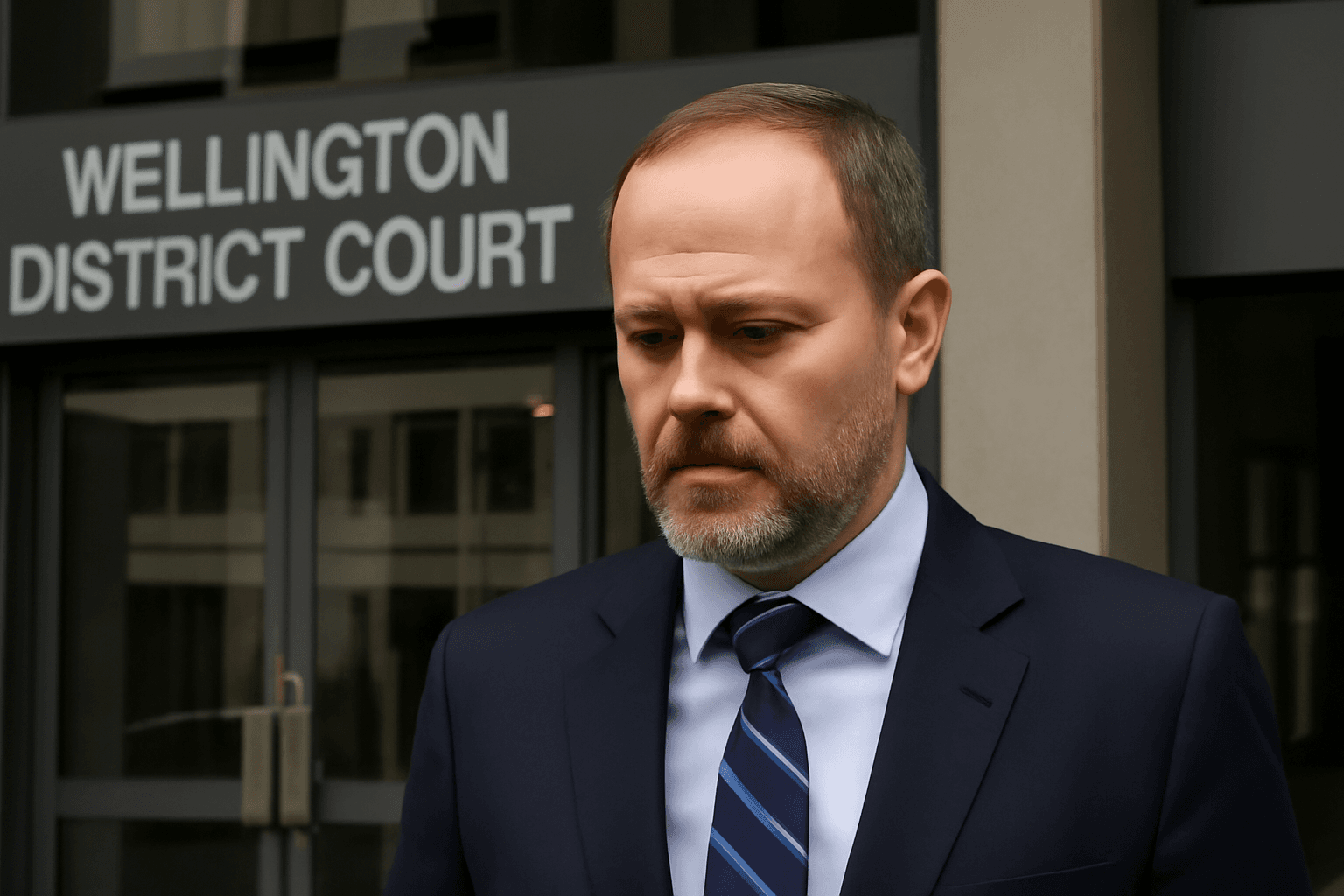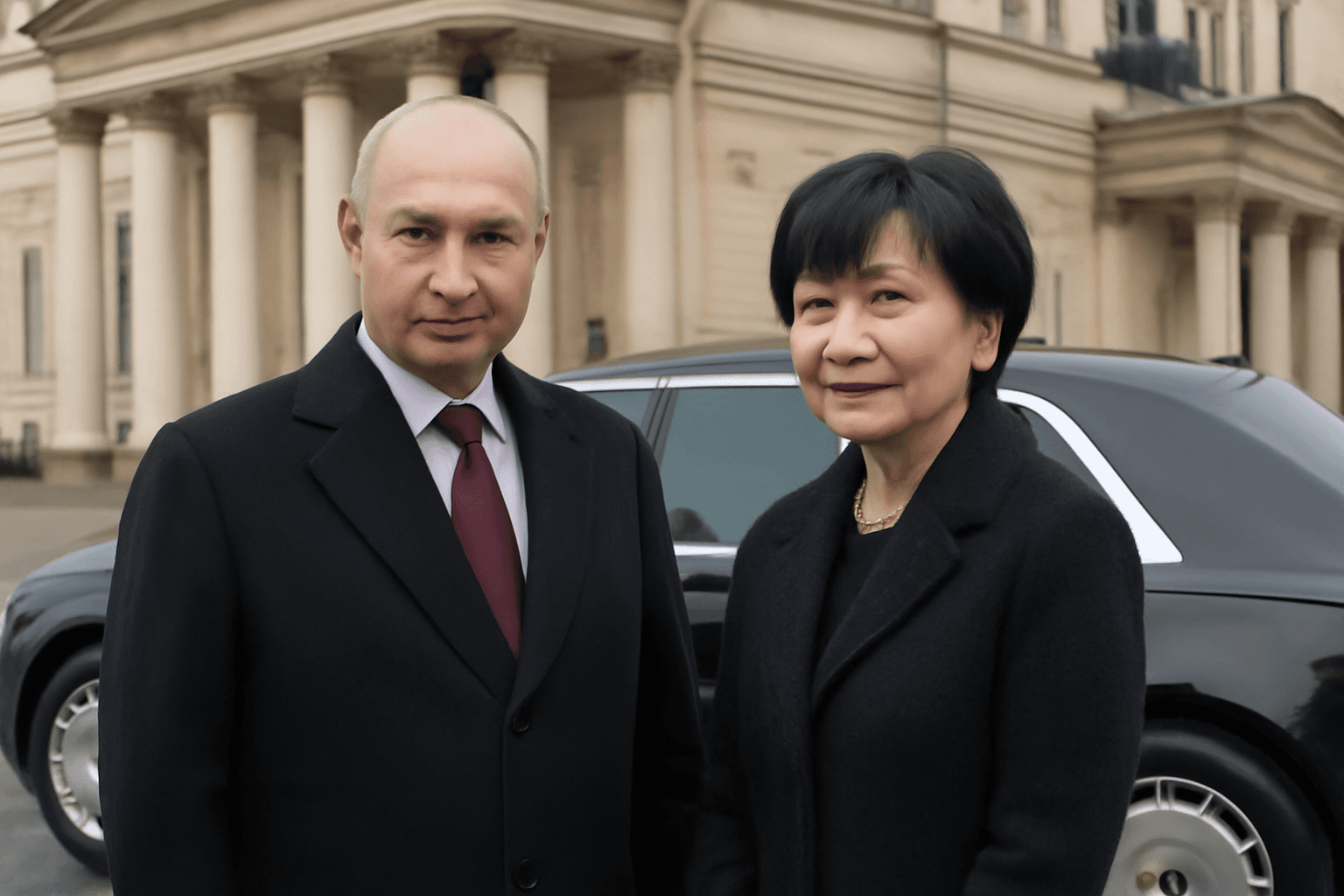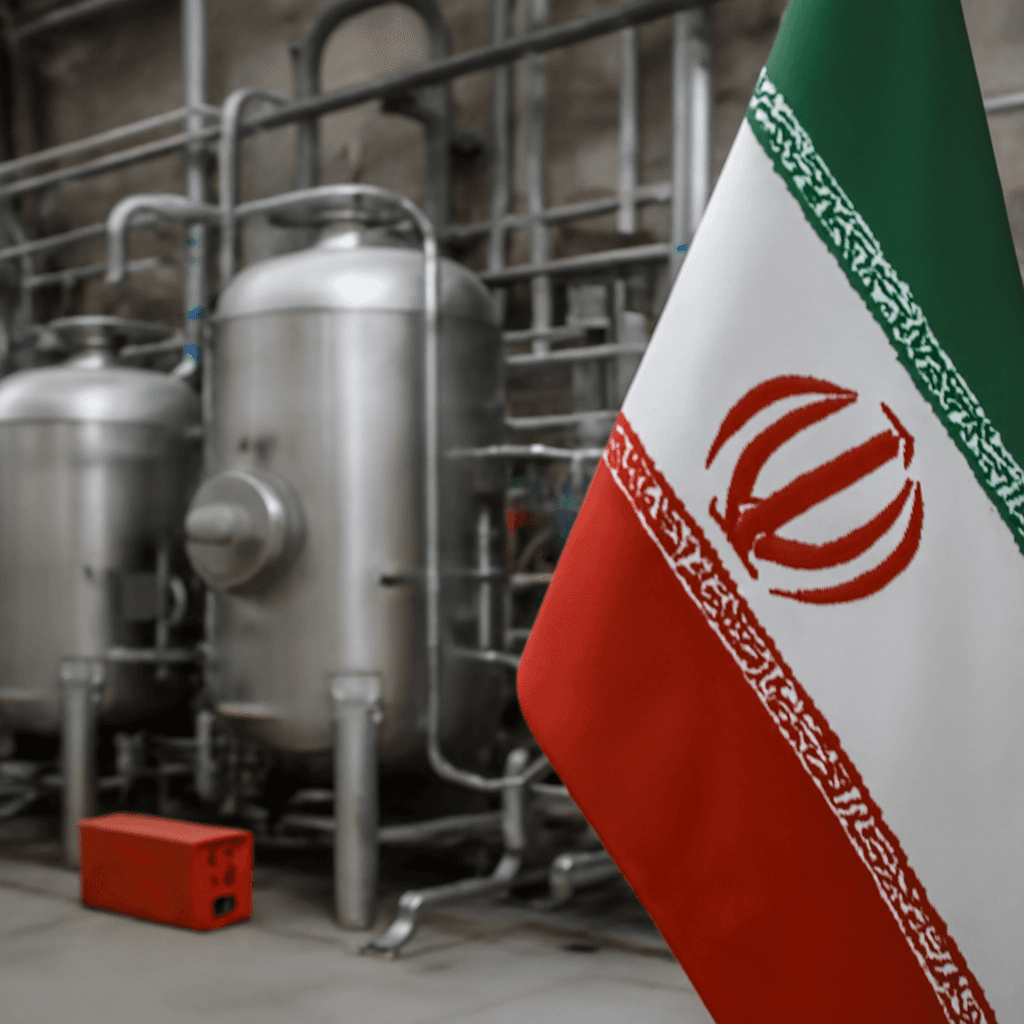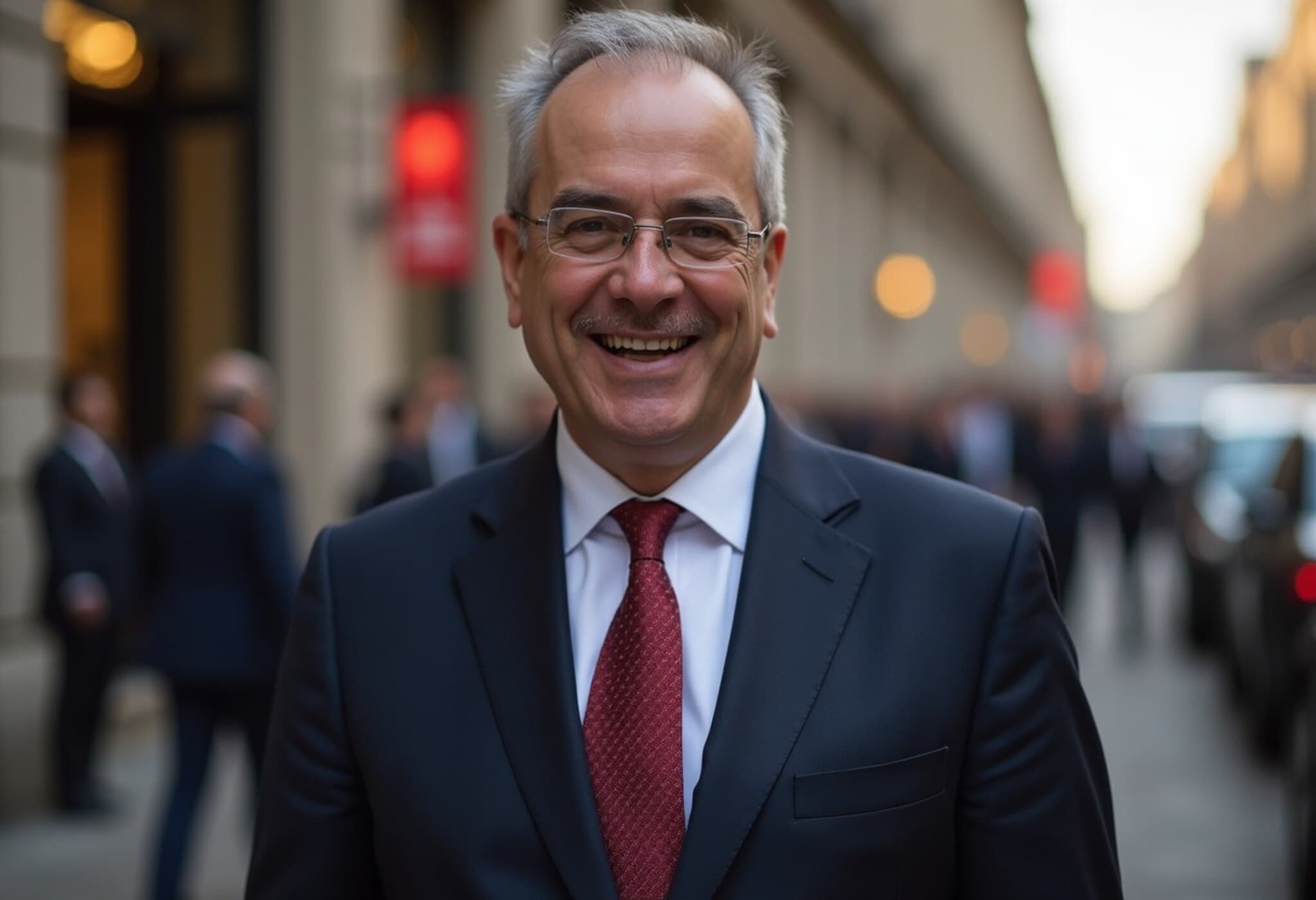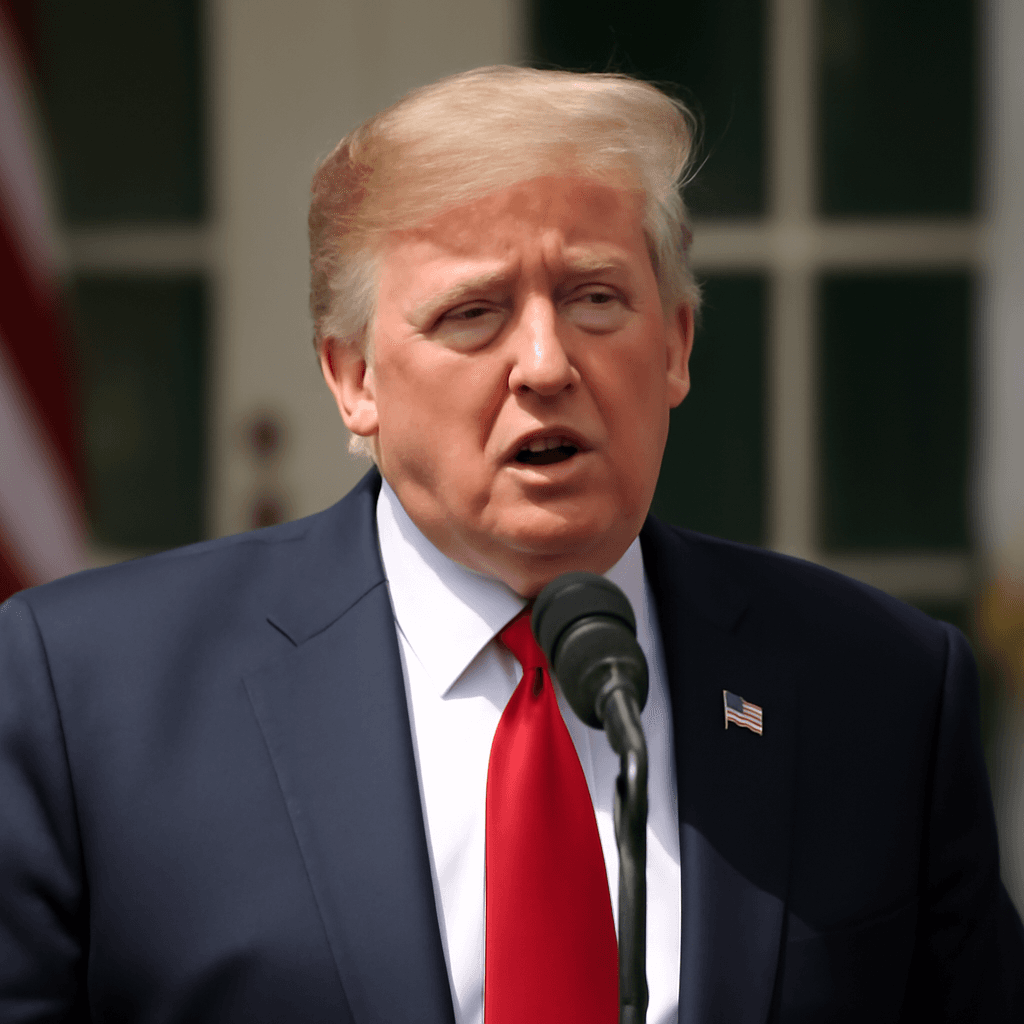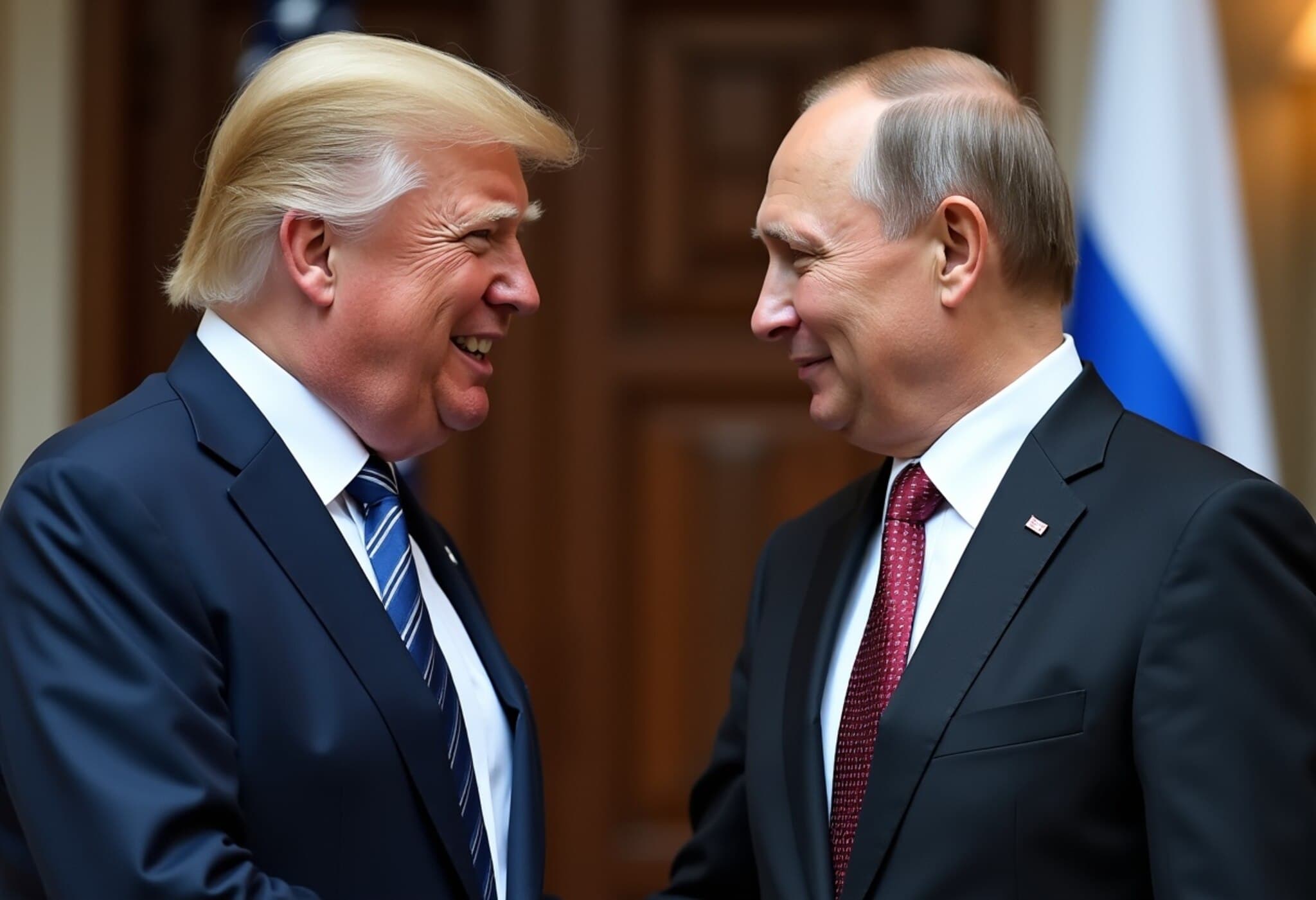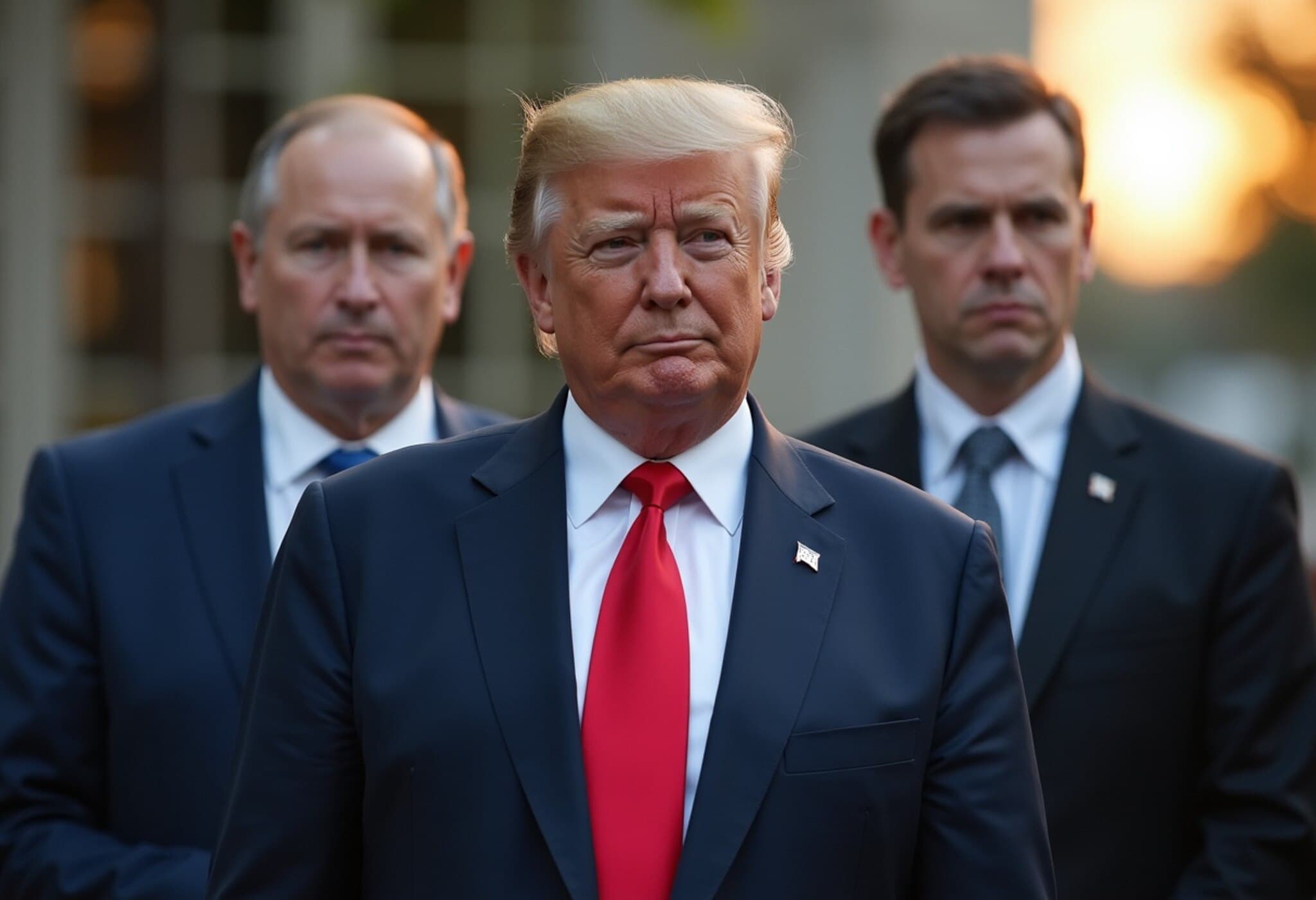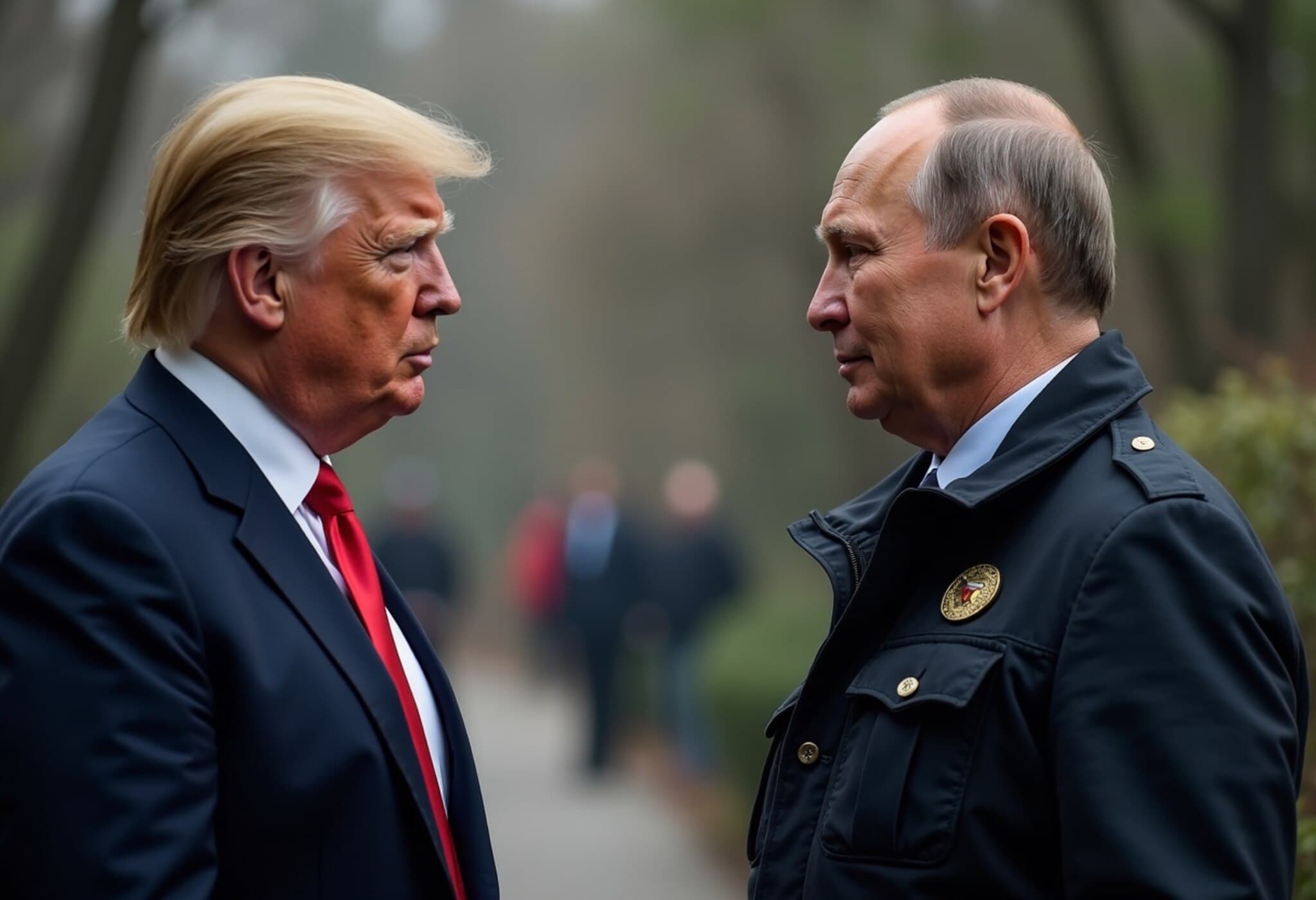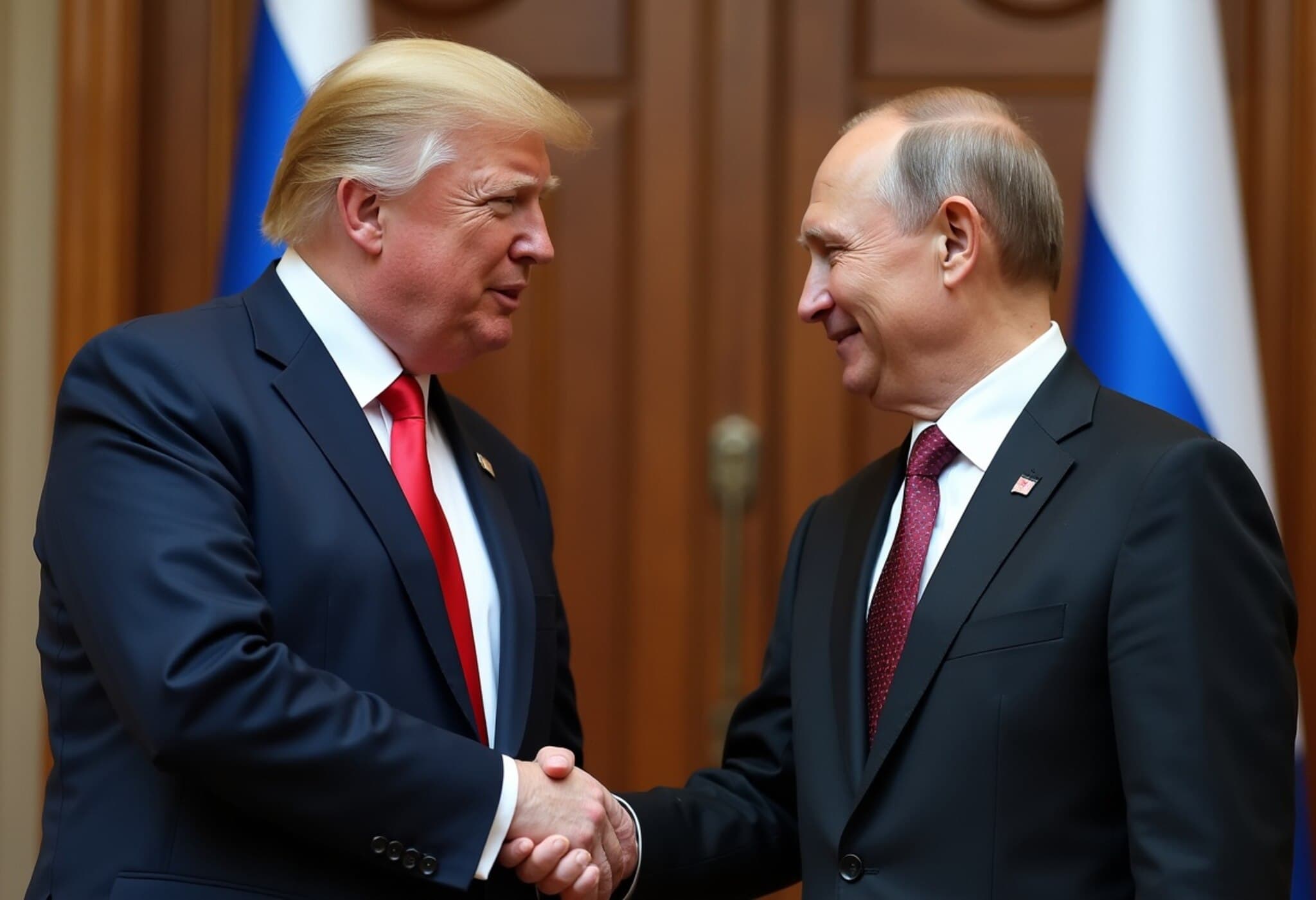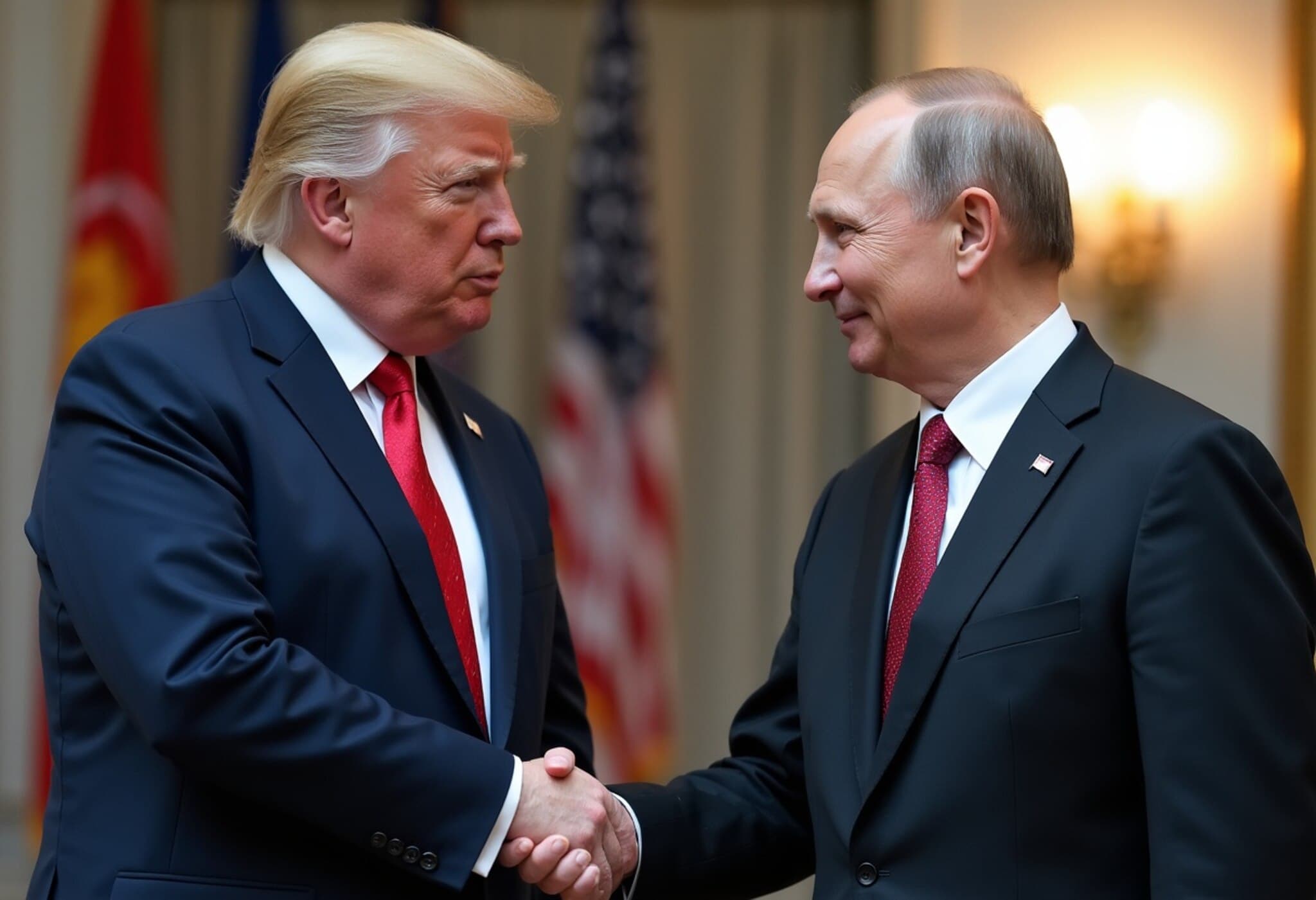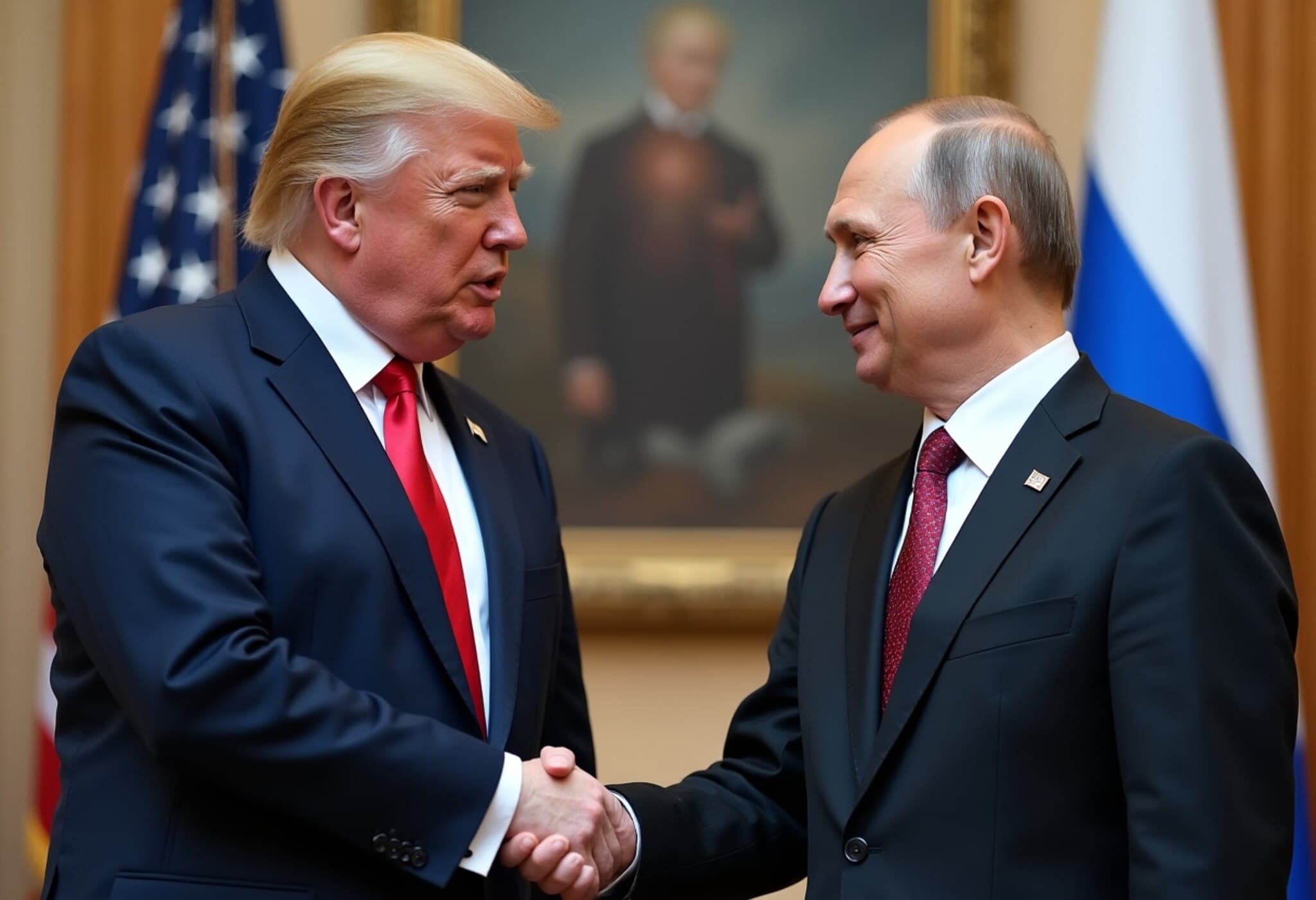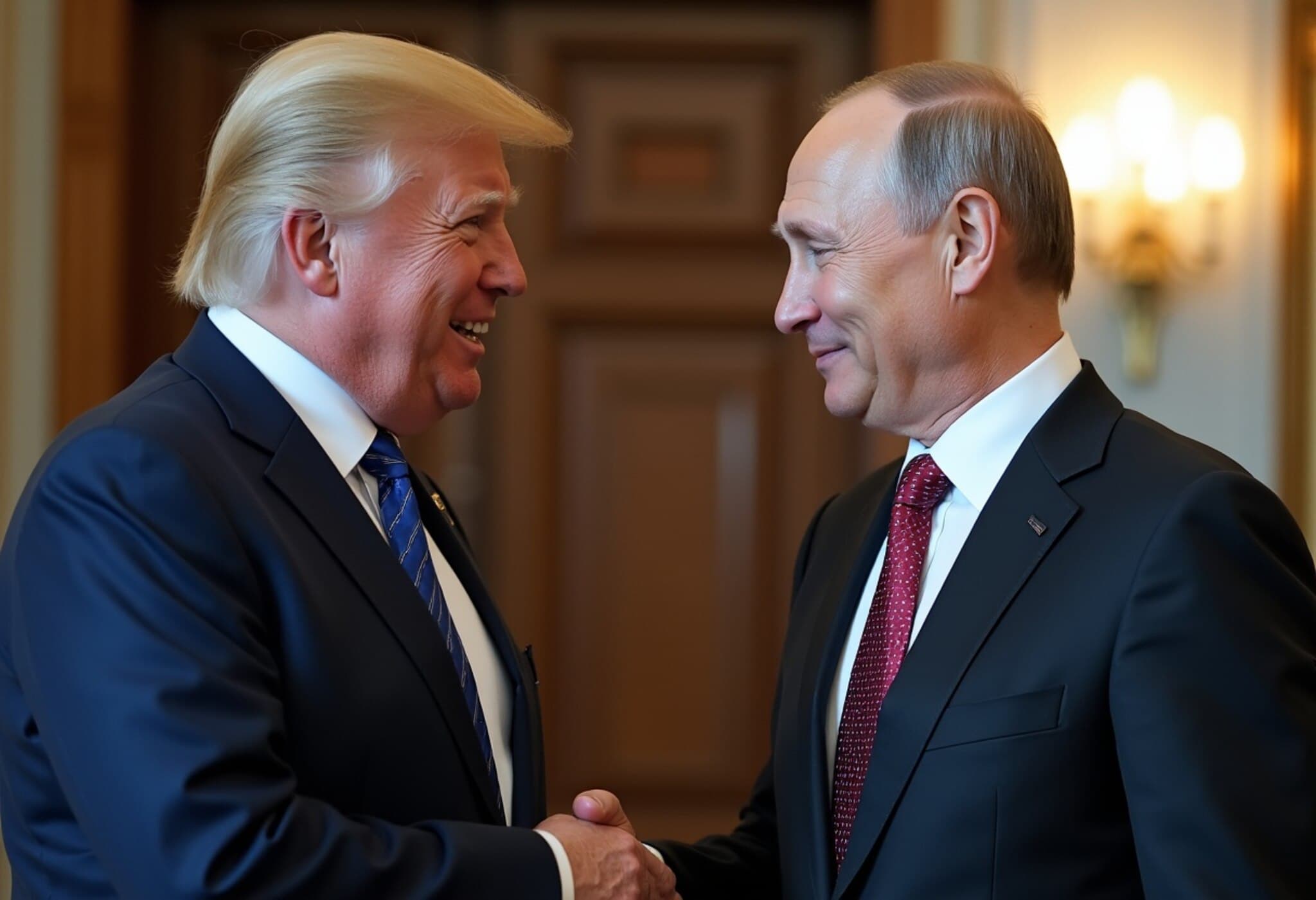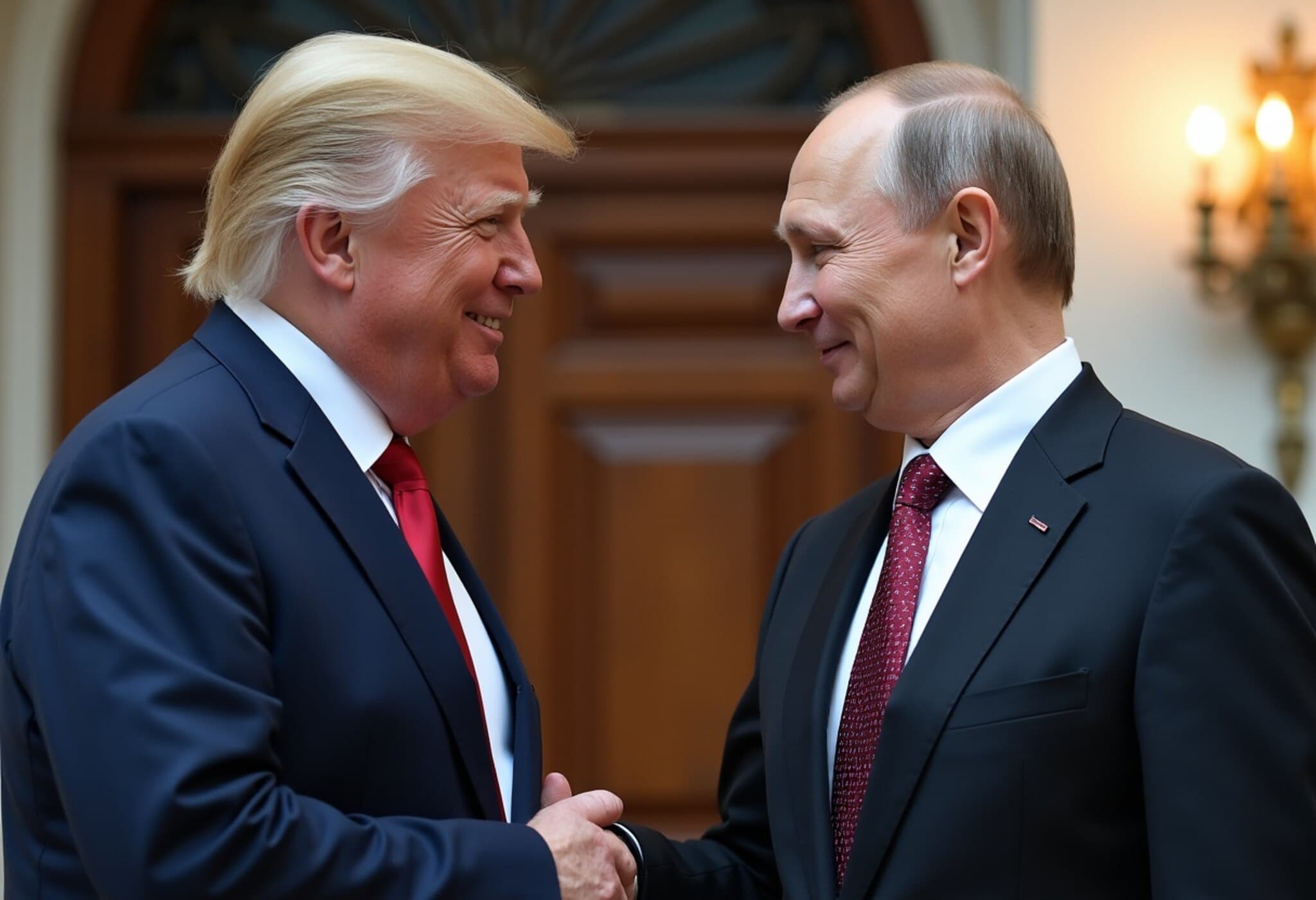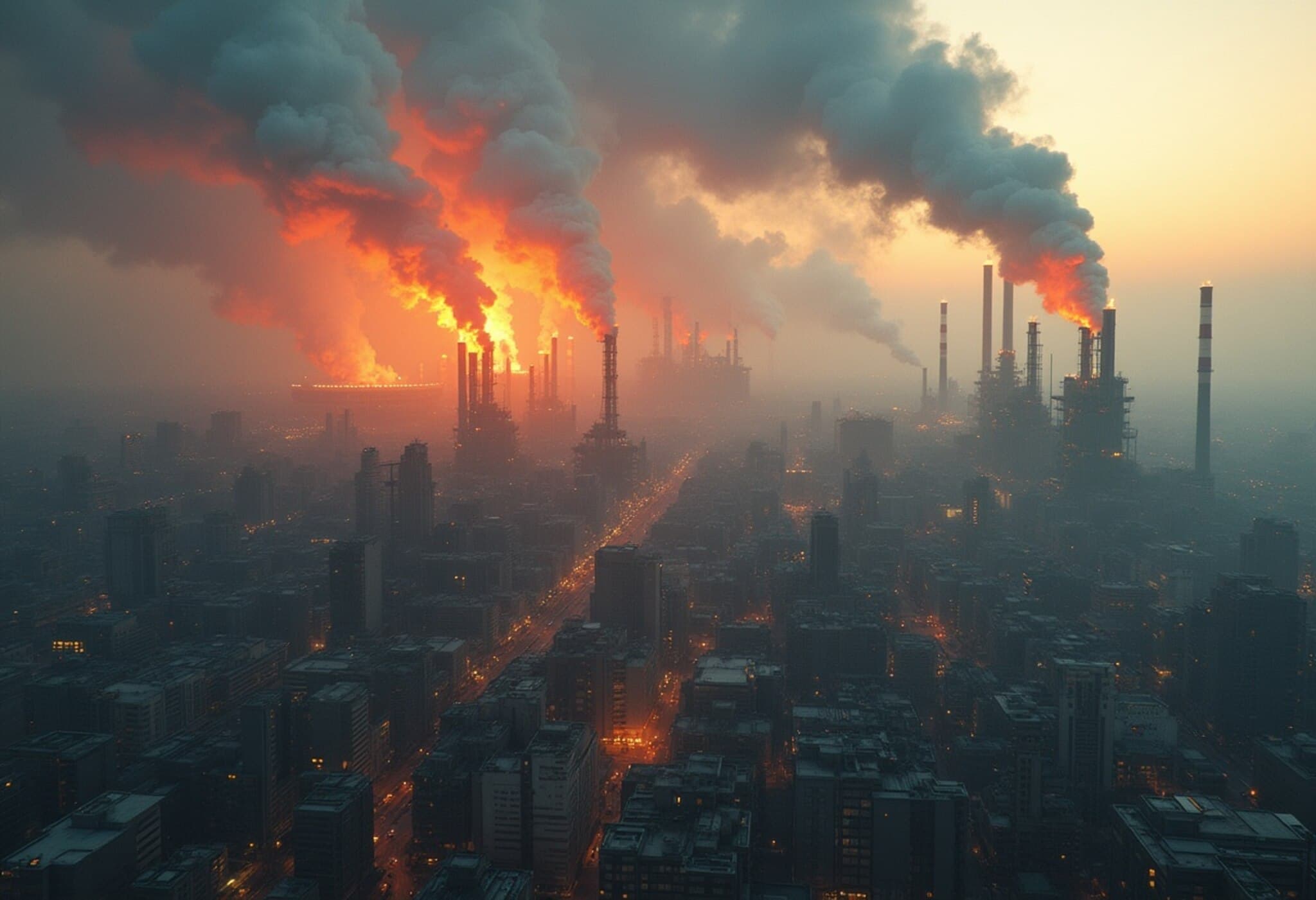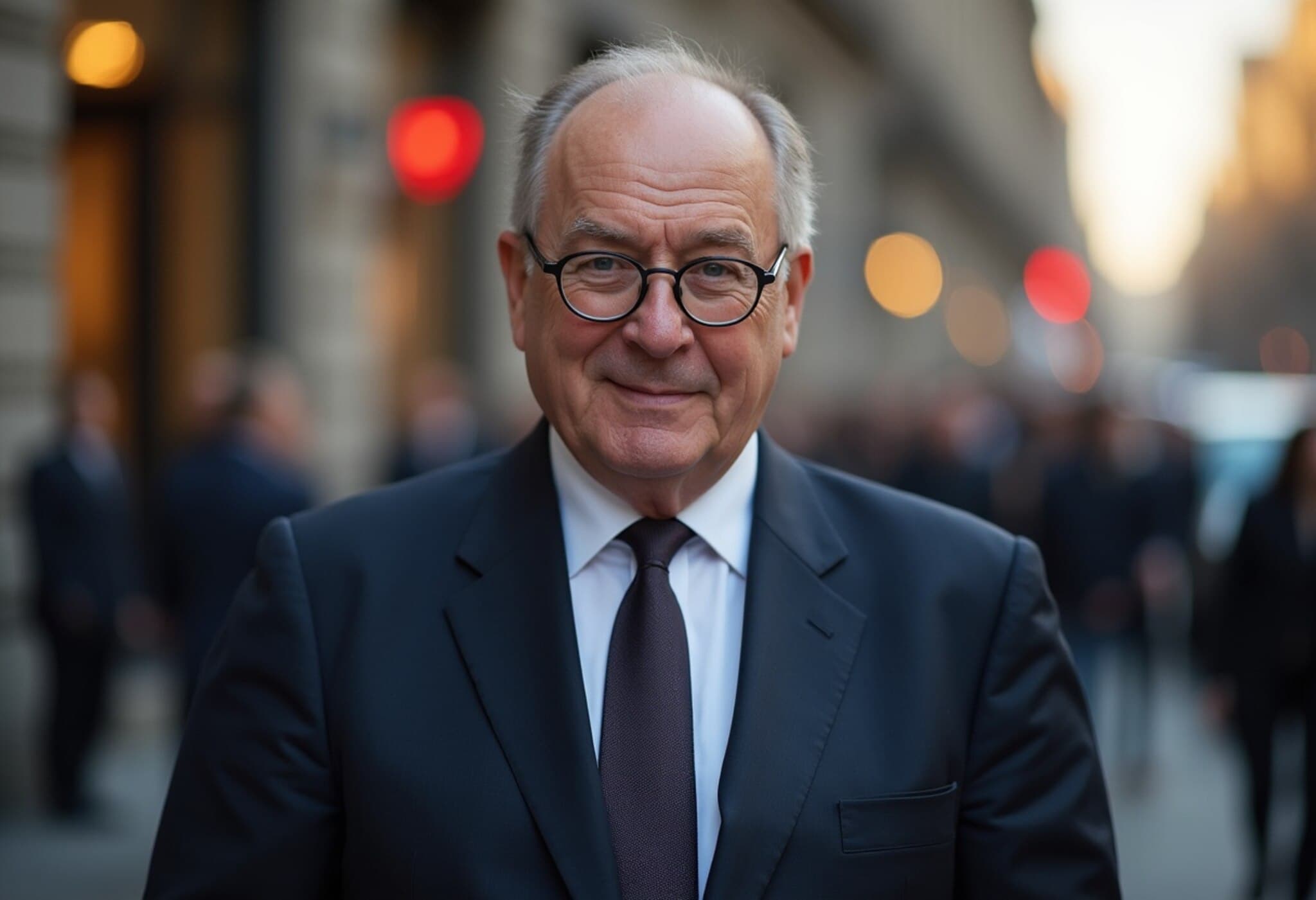Trump and Putin Prepare for High-Stakes Summit in Anchorage
On August 15, 2025, the world’s eyes are once again fixed on Alaska as U.S. President Donald Trump and Russian President Vladimir Putin convene for a summit at the Elmendorf Richardson military base in Anchorage. The meeting, scheduled for 11:30 a.m. local time (3:30 p.m. ET), promises to be one of the most consequential diplomatic encounters of the year — with implications stretching far beyond the summit room.
A Glimpse of the Agenda: Peace Talks Amidst Ongoing Conflict
At the heart of this summit lies the ongoing war in Ukraine, which has dragged into its fourth year, leaving significant human, geopolitical, and economic scars. Despite the urgency, Ukraine’s President Volodymyr Zelenskyy was notably excluded from the meeting, fueling concerns among Kyiv and its European allies about the nature and potential outcomes of the discussions.
President Trump, according to White House statements, aims to "exhaust all options to have a peaceful end to war." However, what those options entail remains uncertain, particularly for Ukraine’s sovereignty. Experts worry that Trump might push for compromises that could allow Russia to solidify control over occupied territories and limit Ukraine’s ambitions of joining NATO, in exchange for a reduction or cessation of hostilities.
The Summit Format and Participants: A Tense One-on-One Encounter
While the White House has been tight-lipped about the specifics, Russian officials have been more forthcoming. Kremlin spokesperson Yuri Ushakov confirmed that the summit will be a tête-à-tête session between Trump and Putin, with only a handful of trusted aides present, reflecting the sensitivity of the topics slated for discussion.
The Russian delegation includes top figures such as Foreign Minister Sergei Lavrov, Defense Minister Andrei Belousov, Finance Minister Anton Siluanov, and trade envoy Kirill Dmitriev. Their presence signals the talks will not only cover security and peace but also the broader dynamics of U.S.-Russia relations, including economic cooperation.
Beyond Ukraine: Broader Implications
The summit is expected to delve into pressing international issues besides Ukraine. Ushakov highlighted the "untapped potential" for economic and trade collaboration between the two powers, pointing to a possible thaw in decades-long rivalry. For the United States, any rapprochement could reshape global alliances and impact European security architecture. For Russia, it could lift the heavy economic sanctions that have strained its economy since 2014.
Underreported Questions and Regional Stakes
- What leverage does Trump have over Putin? Analysts debate whether Trump’s approach signals genuine influence or risks conceding too much in exchange for a headline peace agreement.
- How will Ukraine’s exclusion shape outcomes? Kyiv’s absence raises concerns about its exclusion from decisions that directly affect its future.
- What role should U.S. allies play? European leaders have expressed wariness over the bilateral nature of the talks, highlighting the need for coordinated approaches that include NATO and the EU.
- Could economic cooperation overshadow human rights and sovereignty issues? The push for renewed trade and investment may clash with ongoing concerns over Russia’s actions in Crimea and eastern Ukraine.
Expert Insight: Navigating a Diplomatic Tightrope
Dr. Karen Mitchell, a foreign policy analyst specializing in Eastern Europe, remarks, "This summit could become a defining moment for transatlantic relations. While peace is the ultimate goal, it’s crucial that any agreement respects international law and Ukraine’s territorial integrity. The absence of Ukrainian participation is a glaring gap that undermines the legitimacy of the talks. The world must watch closely to ensure negotiations do not sideline those most affected by the conflict."
Looking Ahead: What to Watch For
- The content and tone of the joint press conference following the talks.
- Any tentative agreements on ceasefire or territorial concessions.
- Reactions from Ukrainian officials and NATO partners.
- Long-term implications for U.S.-Russia economic relations and sanctions policy.
Editor’s Note
The Trump-Putin summit in Alaska serves as a powerful reminder of how high-stakes diplomacy intertwines with human lives and geopolitical stability. While the pursuit of peace is universally applauded, questions about inclusivity, transparency, and respect for sovereignty linger. For Americans and the global community alike, this meeting is not just about two leaders sitting together. It’s about how history, justice, and strategic interests will shape the future of a conflict that has tested the resilience of nations. Readers are encouraged to follow developments critically and consider the broad ramifications beyond the headlines.

